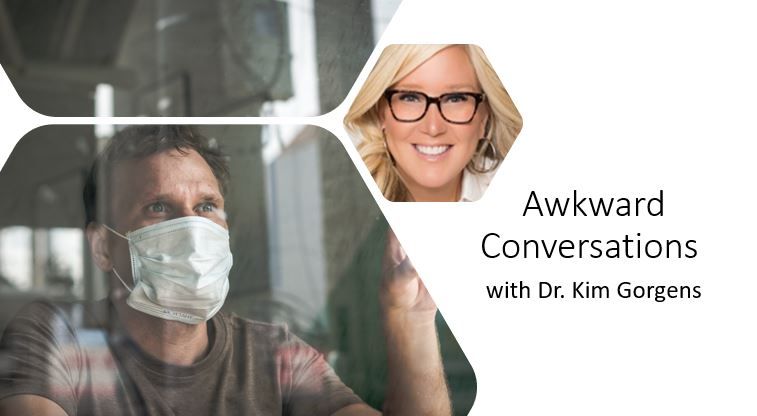Long-term Quarantine Sanity: A How-to
A year from now, with all the luck and scientific progress in the world, we’ll be free to roam again. There may be a whole raft of new stressors waiting for us, but the work you do now to help keep your patients mentally healthy will pay off in meaningful ways.

The most vulnerable populations who are adhering to shelter-at-home guidance due to the coronavirus pandemic, may still be sheltering at home into 2021 awaiting on a vaccine for the virus.
That means more than a year of physical and social distancing—isolation that is unprecedented. We mental health professionals are urging our colleagues in every discipline to be vigilant for psychological distress and to be proactive in addressing this particular vulnerability.
Research on shorter-term quarantines (e.g., MERS, SARS) suggests that there is a dose-repose relationship between quarantine and mental distress. Longer durations of quarantine are associated with poorer mental health including post-traumatic stress symptoms, avoidance behaviors, depression, anxiety, and anger. But most research was previously limited to quarantine of more and less than 10 days, not months.
Research shows that patients most at risk for poor outcomes are those who harbor intense fears about infection. In the research on cases of 10 or more days, there was significant distress related to confinement, loss of usual routine, reduced social and physical contact with others, and worry about inadequate supplies. The experience of anxiety and anger was typical and those symptoms were present for four to six after quarantine and also not unexpected three years later.
One study showed that more than a quarter of all people who were isolated met the criteria for a diagnosis of a trauma-related mental health disorder at the time of their release. All of the distress associated with quarantine is compounded by a lack of guidance and misinformation and confusion about the purpose of quarantine or the personal risk.
Physicians are likely to patient complaints of anxiety and feeling demoralized. Anxiety can manifest itself as overt worry but also as difficulty sleeping or concentrating. Depression can masquerade as boredom as the ongoing dispruption of daily routine and loneliness mounts. Physicians may see more anger, frustration or irritability in patients who may target anger and resentment at healthcare providers.
What can you do to minimize risks over the longest-possible term?
Be a resource for reliable, timely information by ensuring your patients have adequate supplies for extended isolation such as medications and other basic needs (prescription refills, referrals to food banks, roster of reliable delivery services, etc.). And, be part of the social network by maintaining contact with your patients outside of their regular rotation on your schedule.
Advise your patients to limit news consumption to reliable sources as too much exposure to media coverage is related to increased fear and anxiety. Advise patients to create new routines that last from regular daily activities, but mix it up to avoid the monotony of routine.
Stay connected online for social support if necessary. Virtual support groups, video conferencing, social media, and virtual support groups can be helpful.
And, of course, encourage a good night’s rest or address sleep issues patients may have.
A year from now, with all the luck and scientific progress in the world, we’ll be free to roam again. There may be a whole raft of new stressors waiting for us, but the work you do now to help keep your patients mentally healthy will pay off in meaningful ways.